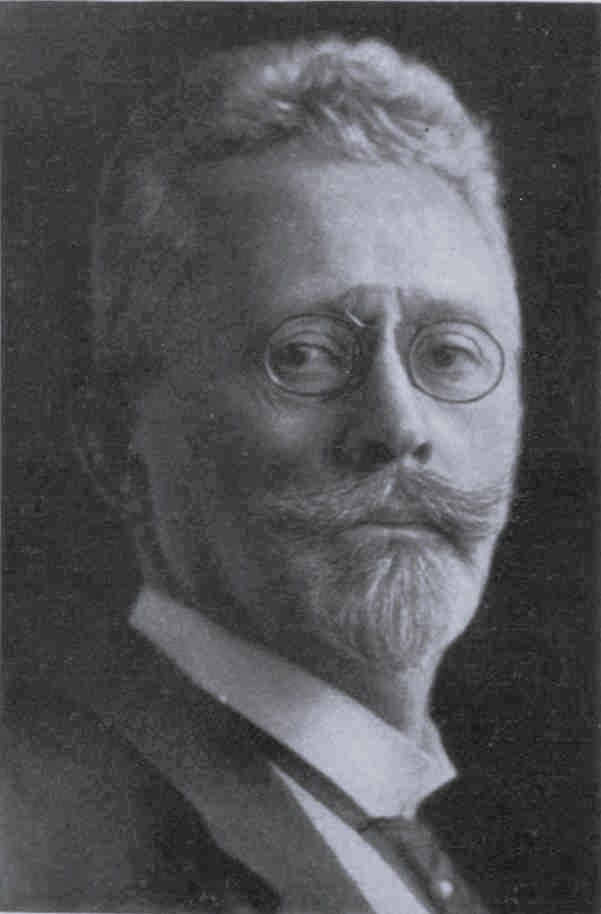|
Munich Art Theatre
The Munich Art Theatre (''Münchner Künstlertheater'') was the first German theater constructed in the art nouveau style. It was designed by Max Littmann and opened in 1908. The main initiator was the journalist and dramatist Georg Fuchs, who in 1907 founded a society in Munich, the Verein Münchner Künstlertheater, with the expressed aim of building a theatre according to ‘artistic principles’. The theatre was built with a shallow Stage (theatre), stage, Apron stage, apron, and no orchestra pit. Seats were arranged in an amphitheatre form. The most innovative feature was the ‘relief stage’ where the performers acted before a stylized backdrop. Although the first productions coordinated by Fuchs were not particularly successful, the building and the relief stage attracted a good deal of attention. In 1909 it was leased to Max Reinhardt and finally closed in 1914. The building was destroyed during Second World War bombing. References {{coord missing, Bavari ... [...More Info...] [...Related Items...] OR: [Wikipedia] [Google] [Baidu] |
Munich
Munich ( ; german: München ; bar, Minga ) is the capital and most populous city of the States of Germany, German state of Bavaria. With a population of 1,558,395 inhabitants as of 31 July 2020, it is the List of cities in Germany by population, third-largest city in Germany, after Berlin and Hamburg, and thus the largest which does not constitute its own state, as well as the List of cities in the European Union by population within city limits, 11th-largest city in the European Union. The Munich Metropolitan Region, city's metropolitan region is home to 6 million people. Straddling the banks of the River Isar (a tributary of the Danube) north of the Northern Limestone Alps, Bavarian Alps, Munich is the seat of the Bavarian Regierungsbezirk, administrative region of Upper Bavaria, while being the population density, most densely populated municipality in Germany (4,500 people per km2). Munich is the second-largest city in the Bavarian dialects, Bavarian dialect area, ... [...More Info...] [...Related Items...] OR: [Wikipedia] [Google] [Baidu] |
Max Littmann
Max Littmann (3 January 1862 – 20 September 1931) was a German architect. Littmann was educated in the Gewerbeakademie Chemnitz and the Technische Hochschule Dresden. In 1885, he moved to Munich where he met Friedrich Thiersch and Gabriel von Seidl and where - after two study trips to Italy and Paris - he established himself as a free architect. In 1891, he joined the contracting business of his father-in-law Jakob Heilmann, thus transforming it into the Heilmann & Littmann general partnership (later becoming a limited partnership), taking charge of the planning department. Littmann excelled in the erection of magnificent buildings, e. g. theaters, department stores and spas and was the perfect supplement to Heilmann, who had specialized in living house construction. Even during his lifetime, Littmann was listed in the Encyclopaedia Judaica. His pedigree doesn't give any clue on the often referred Jewish descent, rather he is descended from a Protestant family in O ... [...More Info...] [...Related Items...] OR: [Wikipedia] [Google] [Baidu] |
Second World War
World War II or the Second World War, often abbreviated as WWII or WW2, was a world war that lasted from 1939 to 1945. It involved the vast majority of the world's countries—including all of the great powers—forming two opposing military alliances: the Allies and the Axis powers. World War II was a total war that directly involved more than 100 million personnel from more than 30 countries. The major participants in the war threw their entire economic, industrial, and scientific capabilities behind the war effort, blurring the distinction between civilian and military resources. Aircraft played a major role in the conflict, enabling the strategic bombing of population centres and deploying the only two nuclear weapons ever used in war. World War II was by far the deadliest conflict in human history; it resulted in 70 to 85 million fatalities, mostly among civilians. Tens of millions died due to genocides (including the Holocaust), starvation, ma ... [...More Info...] [...Related Items...] OR: [Wikipedia] [Google] [Baidu] |
Max Reinhardt
Max Reinhardt (; born Maximilian Goldmann; 9 September 1873 – 30 October 1943) was an Austrian-born Theatre director, theatre and film director, theater manager, intendant, and theatrical producer. With his innovative stage productions, he is regarded as one of the most prominent directors of German-language theatre in the early 20th century. In 1920, he established the Salzburg Festival with the performance of Hugo von Hofmannsthal's ''Jedermann (play), Jedermann''. Life and career Reinhardt was born Maximilian Goldmann in the spa town of Baden bei Wien, Baden near Vienna, the son of Wilhelm Goldmann (1846–1911), a History of the Jews in Austria, Jewish merchant from Stupava, Slovakia, Stupava, Austro-Hungarian Monarchy, and his wife Rachel Lea Rosi "Rosa" Goldmann (''née'' Wengraf; 1851–1924). Having finished school, he began an apprenticeship at a bank, but already took acting lessons. In 1890, he gave his debut on a private stage in Vienna with the stage name ''Max ... [...More Info...] [...Related Items...] OR: [Wikipedia] [Google] [Baidu] |
Art Nouveau
Art Nouveau (; ) is an international style of art, architecture, and applied art, especially the decorative arts. The style is known by different names in different languages: in German, in Italian, in Catalan, and also known as the Modern Style (British Art Nouveau style), Modern Style in English. It was popular between 1890 and 1910 during the Belle Époque period, and was a reaction against the academic art, eclecticism and historicism of 19th century architecture and decoration. It was often inspired by natural forms such as the sinuous curves of plants and flowers. Other characteristics of Art Nouveau were a sense of dynamism and movement, often given by asymmetry or whiplash lines, and the use of modern materials, particularly iron, glass, ceramics and later concrete, to create unusual forms and larger open spaces.Sembach, Klaus-Jürgen, ''L'Art Nouveau'' (2013), pp. 8–30 One major objective of Art Nouveau was to break down the traditional distinction between fine ... [...More Info...] [...Related Items...] OR: [Wikipedia] [Google] [Baidu] |


_Max_Reinhardt.jpg)